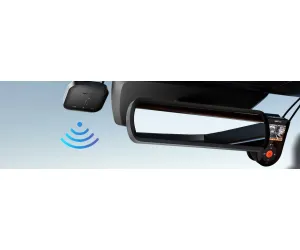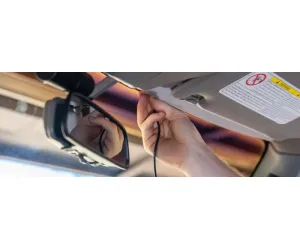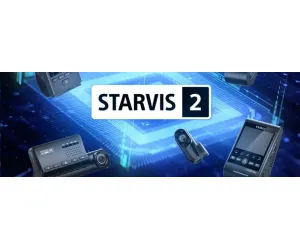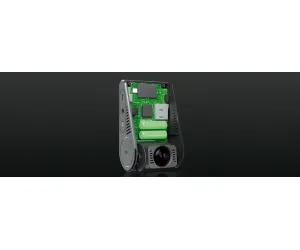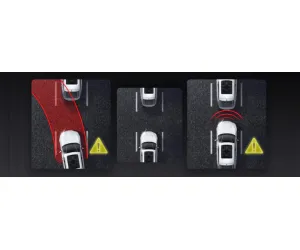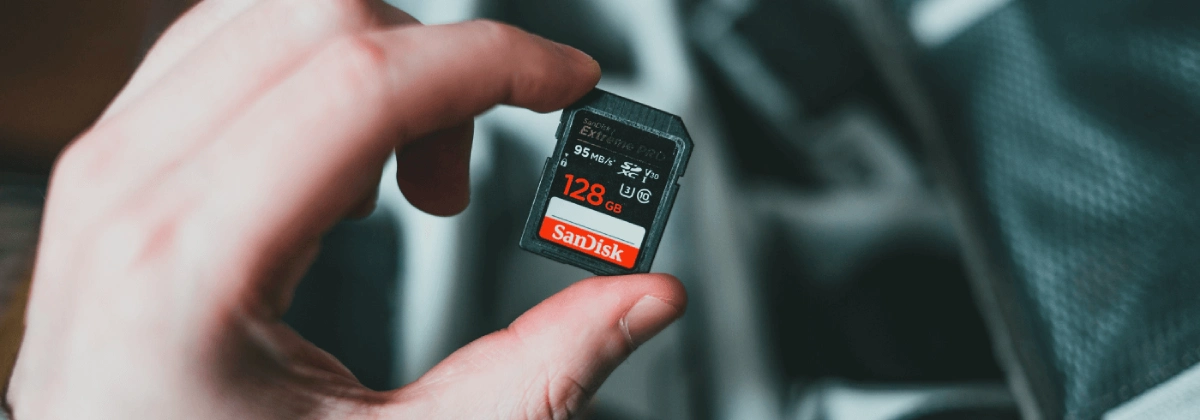
Whether you're using a dash cam, drone, or camera, memory cards are essential for storing valuable footage. But not all cards are created equal. Fake memory cards are widespread, even on trusted platforms — and they can cost you your files, your time, and your money.
At BSTA.sa, we’re committed to helping you protect your investment by learning how to detect fake cards and choose original, tested options — like the VIOFO and Vantrue memory cards we offer.
Why Fake Memory Cards Are a Serious Problem
Fake memory cards often look just like genuine ones, but under the surface, they’re:
-
Smaller in actual capacity than advertised
-
Prone to corruption or sudden failure
-
Much slower than claimed
-
Sold without warranty or support
Even well-known online marketplaces can unknowingly list these counterfeits. They may show full capacity on your device, but when you try to use them for real-world data like dash cam footage, they fail — silently.
4 Common Types of Fake Memory Cards
1. Fake Brand Labels
Counterfeiters replicate the logos of top brands — even mimicking packaging — but use inferior components or rejected batches. The branding might say “SanDisk” or “Kingston,” but the actual card is not made by them.
2. False Storage Capacity
Many fake SD or microSD cards claim to offer 128GB or 256GB, but internally only store 8GB or 16GB. Once that limit is passed, files become unreadable or overwrite existing ones.
3. Underperforming Speed
A card that claims to be “V30” (with a minimum write speed of 30MB/s) may only deliver 10–15MB/s. This affects dash cam video, causing choppy or lost footage — especially in HD or 4K recording.
4. Totally Nonfunctional Cards
Some fakes are just cheap plastic with electronics that don’t work. They're often sold extremely cheap on unknown platforms — and by the time you find out, it’s too late.
How to Check for a Fake Memory Card
✅ Step 1: Examine the Packaging
-
Review branding, language, and color accuracy
-
Confirm the presence of a serial number or barcode (UPC/EAN)
-
Check for warranty info, anti-tamper labels, or holographic security
-
Avoid generic or non-English packaging
✅ Step 2: Inspect the Physical Card
-
Logos and print must be sharp, clean, and correctly positioned
-
Check for laser-engraved serial numbers
-
Fonts and finish should match genuine versions
-
The back label or mold should say "Made in China" or a specific country
✅ Step 3: Run a Performance Test
Using software tools can reveal a lot. Try:
| Tool | Test Type | Platform |
|---|---|---|
| H2testw | Capacity + Speed | Windows |
| FakeFlashTest | Capacity | Windows |
| CrystalDiskMark | Speed | Windows |
| Disk Speed Test | Speed | macOS |
| F3 | Capacity | macOS, Linux |
| SD Insight | Authenticity Check | Android |
Transfer a large video file and observe read/write speeds — this will expose fake speeds or capacity errors quickly.
Spotting a Real SanDisk Card vs a Fake
Although BSTA.sa does not currently sell SanDisk, it’s one of the most faked brands on the market. Here’s how professionals spot the difference:
-
A gray/white side lock, not yellow
-
Back of the card should have engraved serial number + “Made in…”
-
Font and alignment should be sharp
-
A small asterisk (*) should appear next to storage and speed values
-
The SanDisk “i” dot is a perfect square, not rounded
-
Labels should be correctly aligned with a matte finish on the plastic
What to Do If You Bought a Fake Memory Card
-
Do not use it — your files are at risk
-
Contact the seller and provide detailed evidence of the fake
-
Report the issue to the brand owner or platform
-
Dispute the transaction through your payment provider if necessary
-
Keep the card until your refund is confirmed
-
Warn others via reviews if the seller continues to operate
How to Buy Genuine Memory Cards in Saudi Arabia
Here are 6 smart tips to avoid fake cards:
-
✅ Avoid "too good to be true" prices
-
✅ Buy from trusted platforms like BSTA.sa — we only stock original memory cards
-
✅ Stick to official brands — we proudly offer VIOFO and Vantrue memory cards tested for dash cam use
-
✅ Avoid used or refurbished cards
-
✅ Check capacity and performance upon delivery
-
✅ Replace cards every 2–3 years for reliability
Why Choose VIOFO and Vantrue Memory Cards?
At BSTA.sa, we supply memory cards that are officially tested and certified for dash cam use — especially with VIOFO and Vantrue models.
These cards are:
-
Optimized for 4K and loop recording
-
Designed to withstand temperature extremes (ideal for Saudi Arabia)
-
V30/U3 certified for reliable high-speed writing
-
Backed by brand warranty and our local support
Explore our collection of original VIOFO and Vantrue memory cards today.
Conclusion
Fake memory cards are more common than ever — but with the right checks, tools, and trusted vendors, you can protect your data and devices. Whether you're recording HD dash cam footage or backing up important files, only original memory cards will offer the reliability and peace of mind you need.
Shop smart. Test early. Choose original.
Buy Original Memory Cards from BSTA.sa
Browse our tested cards from VIOFO and Vantrue here



